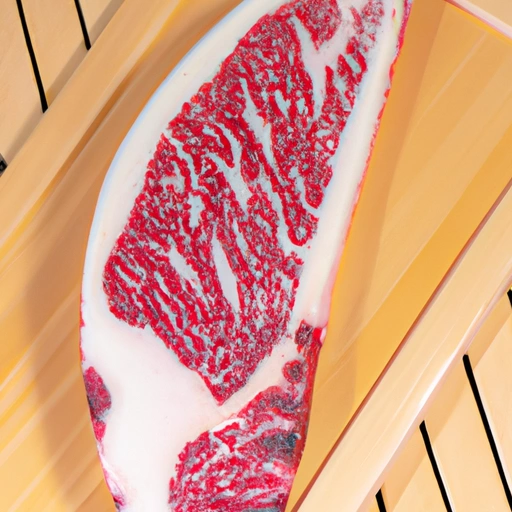Beef Sirloin
Description

Beef sirloin is a prime cut from the rear back portion of the cow, specifically between the loin and the round or rump. This cut is known for its robust flavor, moderate tenderness, and lower fat content compared to other cuts like the ribeye. Sirloin steaks are popular among meat enthusiasts for grilling, broiling, and pan-searing. Available in various weights and thicknesses, it is a versatile ingredient in a multitude of recipes.
Common uses
While Sirloin steak is most commonly used, beef sirloin can also be found ground or cubed for use in a variety of dishes. It's a popular choice for quick weeknight dinners, special occasion feasts, and everything in between.
Nutritional value
Calories
A 3-ounce (85 grams) serving of cooked beef sirloin typically contains approximately 160-210 calories.
Protein
Beef sirloin is an excellent source of protein, offering about 23-25 grams per 3-ounce (85 grams) serving.
Fat
The same serving size has around 8-10 grams of fat, of which about 3-4 grams are saturated fat.
Carbohydrates
Beef sirloin is carbohydrate-free, making it suitable for low-carb diets.
Vitamins
It is a good source of B vitamins, particularly vitamin B12 and niacin (B3).
Minerals
Beef sirloin provides essential minerals such as zinc, selenium, iron, and phosphorus.
Health benefits
As a rich source of protein, beef sirloin can aid in muscle maintenance and repair. The B vitamins present are crucial for energy metabolism, and the minerals play important roles in immune function, oxygen transport, and bone health.
Potential risks
Consuming high amounts of red meat, especially processed or cooked at very high temperatures, may be associated with an increased risk of certain health conditions, such as heart disease and certain cancers. Moderation and proper cooking methods can mitigate some risks.
Common recipes
Beef sirloin is featured in recipes ranging from classic steak dinners and stir-fries to kebabs, stews, and even gourmet sandwiches.
Cooking methods
Popular cooking methods for sirloin include grilling, pan-searing, broiling, and slow-cooking, each method bringing out unique flavors and textures.
Pairing with other ingredients
Sirloin pairs well with a variety of seasonings, from simple salt and pepper to more complex spice rubs. It also complements sides such as roasted vegetables, mashed potatoes, and salads.
Summary
Beef sirloin is a beloved meat cut recognized for its flavor, versatility, and nutritional benefits. With proper cooking techniques and mindful consumption, it can be a valuable part of a balanced diet. Its global popularity ensures that beef sirloin continues to be a centerpiece in culinary traditions around the world.